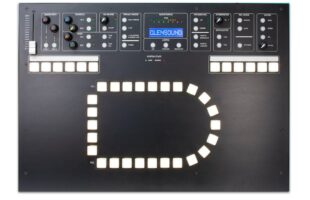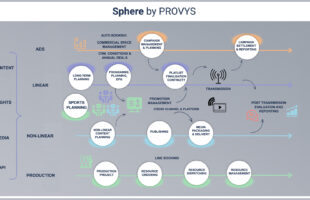The March 11 earthquake and tsunami shattered the moderate sign of optimism for Japan’s media industry. More than three months since the quake, it is still desperately trying to minimize the fi nancial fallout created by the disaster and its aftermath. Last year, things began looking up. TV advertising grew by 1.1 per cent, for the fi rst time in six years and in February ad agency Dentsu revised its fi scal operating profi t forecast (ending March, 2011) upward by 16 per cent to US$650 million in view of the recovery, particularly strong during the last quarter of 2010 when ad sales shot up by 12 per cent. But then, disaster struck. Following the 9.1 quake, UK research fi rm ZenithOptimedia, forecast Japanese ad spending would sink 4.1 per cent, and only seeing some recovery in 2012 to an estimated 4.6 per cent. Following the quake, most commercial networks suspended regular programming and broadcast earthquake and related news without commercials continuously from March 11 to March 13. According to Video Research, public broadcaster NHK scored the highest ratings across the board up to March 13. The all-day tuned-in rate exceeded 30 per cent on March 11 and was up more than 20 per cent in the Tokyo metro area alone. NHK deployed all of its eight channels, which includes terrestrial, satellite and radio, to report on the disaster from 2:48 p.m. or two minutes after the quake was reported, a spokesperson told TV ASIA Plus. The mainstream terrestrial channel continued to report on the quake for 522 hours until April 6, she added. Covering the event on the ground was also a challenge for news channels there. Said Katsuhiko Waza, president, BBC Worldwide Japan, “We found out that the Sony factory for HDCAM tapes in Tohoku was seriously damaged and that production of tapes had been completely stopped, so we requested our clients returned tapes for re-use.” Waza added that since the quake they have upgraded the I.T system to allow staff to work from home in case of aftershocks or another quake. A helping hand In the weeks following the disaster, Japan’s commercial networks’ ad revenue slipped 4 – 10 per cent as advertisers refrained from hard-sell advertising in an effort to be “self-restrained”. But this commercial abyss was soon fi lled by public service ads offered by the Advertising Council Japan (AC). 



Subsribe to Our News Letter
Subscribe To Our Newsletter
Signup here to get the latest news and updates.








